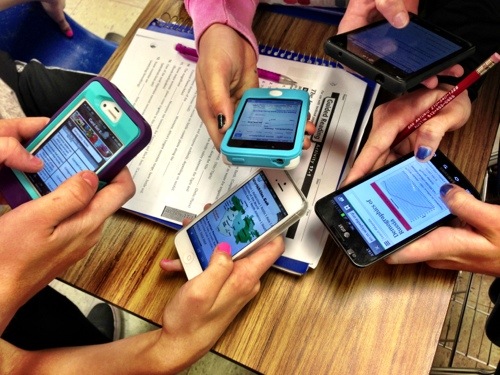

As such, the market is saturated with them. That problem is the fact that so many businesses are well-aware of how powerful the ebook can be. Now, there is one little problem when it comes to creating an ebook. You come off as an authority on the subject and your brand is more trusted as a result.īut beyond lead generation, ebooks also increase exposure due to the fact that they can come in the easily sharable form of a PDF. This is only one of many reasons why the e-book is such an effective lead magnet.Īn ebook also allows you to attract people that are specifically searching for the type of information in your ebook. People always want to gain expertise in their particular field and the e-book allows them to do that. (Once you have your email list, you should send out personalized emails every so often, which you can easily do with Yocale’s email marketing feature ). Indeed, lead generation using ebooks is a proven way to build your email list. The art styles on the cover do not differ from the font in this way-it should serve your book and your readers in equal measure.When you read about the best ways to generate leads for your business, creating an ebook is always near the top of every list.

If you write romance novels, your audience has some expectations (some of it even unconscious) about the way the book should look. Much like the cover advice I’ve given in the past, you need to find a balance between creativity and meeting expectations. If you really want to use Comic Sans for the content, you can (but please don’t). That includes decisions about the typeface you pick for your book. You’ll hear me and many other publishing industry experts point out that independent publishing and print-on-demand mean you own the entire process of bookmaking. For me, I think of Baskerville for fantasy, literary fiction, and romance, while Garamond hits me as more of a sci-fi or thriller type of font. It has many of the thickness and balance elements of Baskerville, with a slightly more industrial or modern look with less space between letters and a condensed feel.

Century – Century is one of those great fonts that really bridges the gap between serif and sans serif-which now more and more means page and screen.Finding the right typeface means that it serves the book and reader. When you’re making your own choices, be sure to keep in mind common fonts for your genre and your own book layout. We’ll end today with my top fonts for fiction and nonfiction works. It’s not designed for print, plain and simple. It behooves authors and book creators to separate what looks good on your screen and what looks good in print. Yet I would never print a book in Trebuchet. I just think it’s a nice, clean font that looks good on my screen. My Google Docs and MS Word default to Trebuchet. But could you imagine reading Lord of the Rings in Courier? I doubt anyone would get past the first chapter. In context, the right font goes unnoticed. And last we have Courier, a classic ‘typewriter’ font, that you wouldn’t expect to see in a book but is great for newspapers. Three printable fonts, each with appropriate uses.Įach of these three has a specific purpose in mind, by design and historical use. Then we have Interface a great web font that is also used for magazines and textbook printing. Baskerville is great for long-form novels. Here we have three common print fonts with distinct uses.


 0 kommentar(er)
0 kommentar(er)
